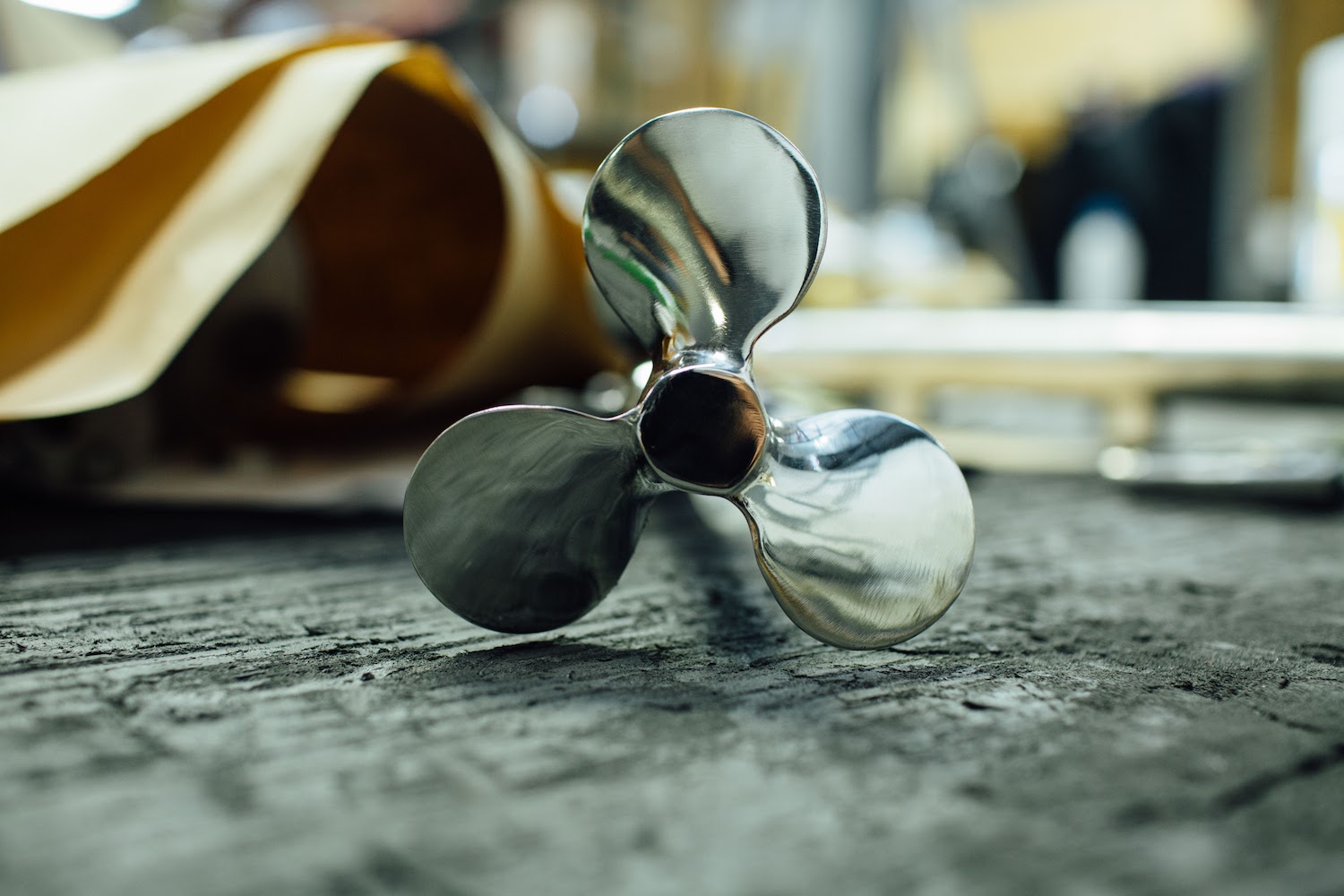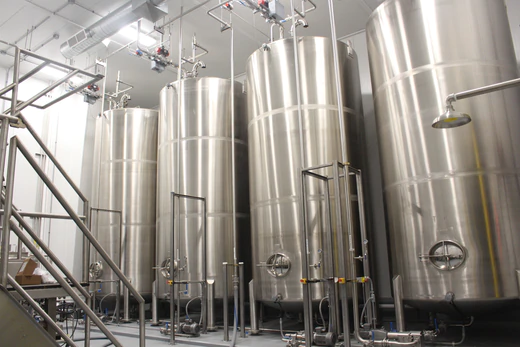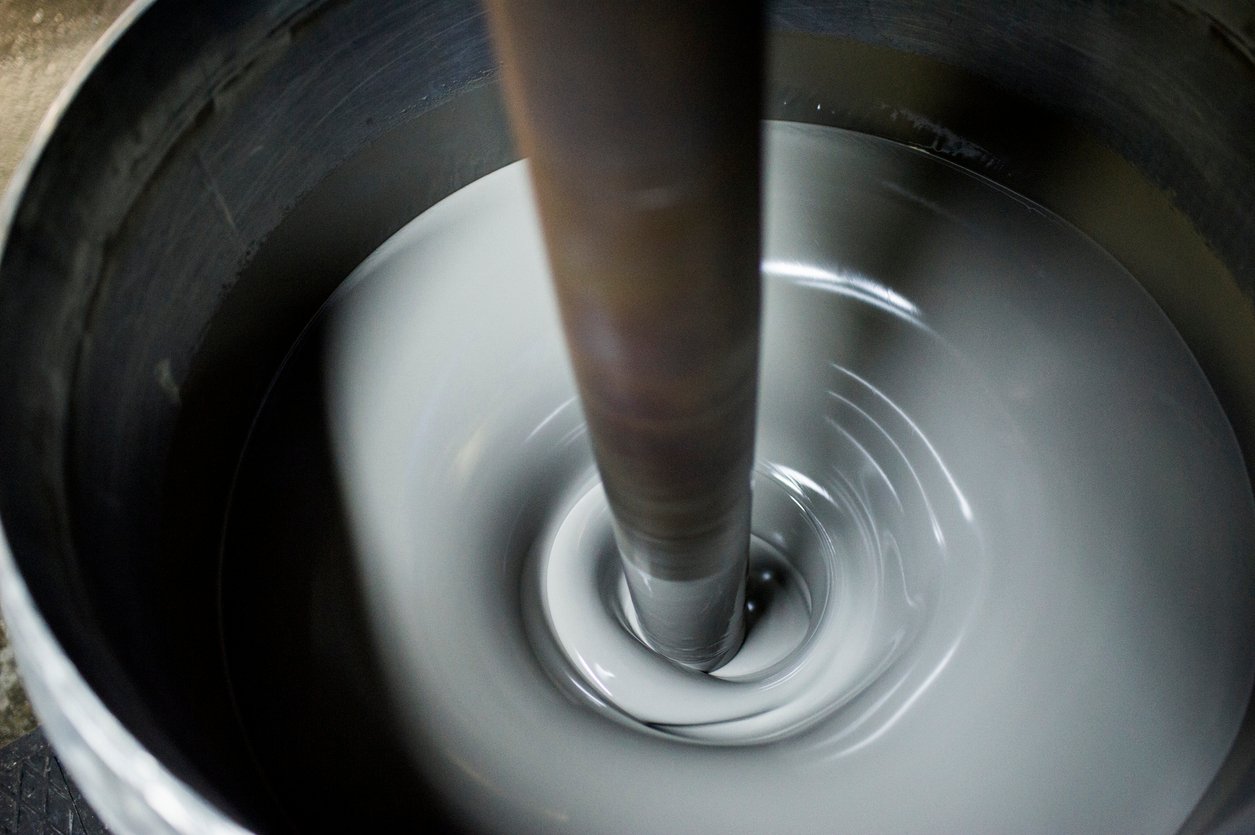Low Shear Mixing: Why You Need It
What is Low Shear Mixing? You have probably utilized low shear mixing and didn't even realize it. According to recent coffee statistics, half of...

Access MXD Process resources including blogs, technical guides, manuals, and maintenance tips—everything you need to optimize, troubleshoot, and expand your process knowledge.
Discover who we are, the industries we serve, and the trusted brands behind our process equipment and environmental solutions. Learn how our team brings precision, innovation, and reliability to every project.
2 min read
MXD Process Dec 1, 2025 1:06:26 PM
When you first start researching industrial mixers, it doesn’t take long before the jargon sets in. Even if the words sound familiar, their mixer-specific meanings can be very different from what you expect.
Understanding the terminology upfront not only helps you compare options more confidently, it also ensures you select the right equipment for your process, product, and production goals.
To help make your search easier, here’s a clear, inbound-friendly guide to the most common mixer terms used by manufacturers and sellers.
The following glossary breaks down the most common mixer terms: what they mean, why they matter, and how they impact your mixing process. Use it as a quick reference as you evaluate your options.
A broad term describing a complete mixing device—including the power system, shaft, and impeller—used to agitate the contents of a vessel.
The viscosity (or flow resistance) of a fluid at a specific shear rate. It reflects the fluid’s consistency at a particular point along the stress-flow curve.
Fluid movement from the top to the bottom of the tank, running parallel to the mixer shaft.
The distance between the impeller and the fluid surface. Proper coverage helps reduce vortexing and ensures efficient mixing.
A mixture of two or more immiscible liquids—meaning they don’t naturally blend. Emulsions form when one liquid becomes suspended within another.
A measurement of the movement created by the fluid as it’s mixed. Flow and shear are generally inversely related: higher flow typically produces lower shear.
A mixer designed for applications requiring particle size reduction or breaking apart solids. Dispersers are the most common type and use counter-current mixing to apply intense forces.
The rotating components that make contact with materials and transfer energy from the motor into the mix. Impellers come in various designs depending on the mixing outcome needed.
A system used to raise or lower mixers into or out of a tank or drum. Options include air lift, winch lift, manual lift, and electric lift.
A type of mixer designed for gentle agitation using minimal energy. Low-shear impellers are built for smooth flow and low drag.
The distance between the impeller and the bottom of the tank. The correct spacing depends on the application and affects mixing efficiency.
Fluid movement from the center of the tank outward toward the vessel walls—perpendicular to the mixer shaft.
A value used to calculate flow behavior and power requirements, especially in higher-viscosity applications. It represents the ratio of inertial forces to viscous forces.
A measurement of the stress placed on a fluid during mixing. Shear appears as drag, turbulence, velocity changes, and other forces acting on the blades.
Mixers specifically designed for applications where liquids must be blended while reducing particle size or breaking apart solids.
Mixers installed through the side wall of a vessel. These systems typically require specialized seals to prevent leakage.
A common configuration where the mixer enters the tank from above. Suitable for both open and closed tank setups.
A measurement of a fluid’s thickness or resistance to flow. Measured in CentiPoise (Cp), viscosity helps determine the internal friction of the material being mixed.
A swirling depression formed on the surface of the liquid. Vortexing is usually undesirable because it can introduce air into the mix and shorten mixer life.
Choosing the right industrial mixer isn’t just about horsepower or price—it’s about understanding how all the components work together to deliver consistent, reliable results. Knowing these terms helps you:
If you’re exploring industrial mixers and want expert guidance—whether on sizing, configuration, or process optimization—we can help. Understanding the terms is step one; choosing the right equipment is step two.
Let us know what you’re mixing, and we’ll help you find the best fit.

What is Low Shear Mixing? You have probably utilized low shear mixing and didn't even realize it. According to recent coffee statistics, half of...

Mixing Categories The type of equipment and operation you use for your process will depend heavily on the materials being used and the ways in which...

Ever wonder how industries keep up with the huge demand for everyday products? Industrial mixers are a big part of the answer. Whether it’s food,...